The Lyrid meteor shower is active between April 16 and April 25, and peaks on April 22.
During the peak, Earth passes through the densest part of the debris stream left behind by Comet Thatcher, which delivers the highest chance of a great shooting star show.
This year, the best time to catch the Lyrid meteor shower will be in the predawn hours around 3 or 4 a.m. local time. That’s when the sky is at its darkest, and the radiant — the point in the sky from where the Lyrids appear to emanate — has risen to the highest point in the sky. The higher the radiant climbs, the more meteors you’re likely to see. But remember, don’t look directly at the radiant; instead, look a little off to the side to catch the longest, brightest trails.
Why is early morning the best time to see the Lyrids?
Although the Lyrids are visible throughout the late evening, meteor showers in general produce more meteors after midnight. This is because during a meteor shower, Earth is ploughing through a stream of debris mostly left behind by a comet — in the Lyrids’ case, Comet Thatcher.
Before midnight, the side of Earth you’re on is facing away from the direction of our orbit. You’re sitting on the “trailing edge” of Earth’s motion through space. After midnight, however, your location has rotated to the “leading edge,” meaning you’re now directly facing the stream of cometary debris and catching more meteors as you go. Think of it like driving through a rainstorm — you’re more likely to hit the raindrops on the front windshield than the rear.

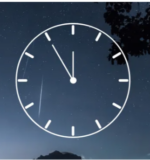
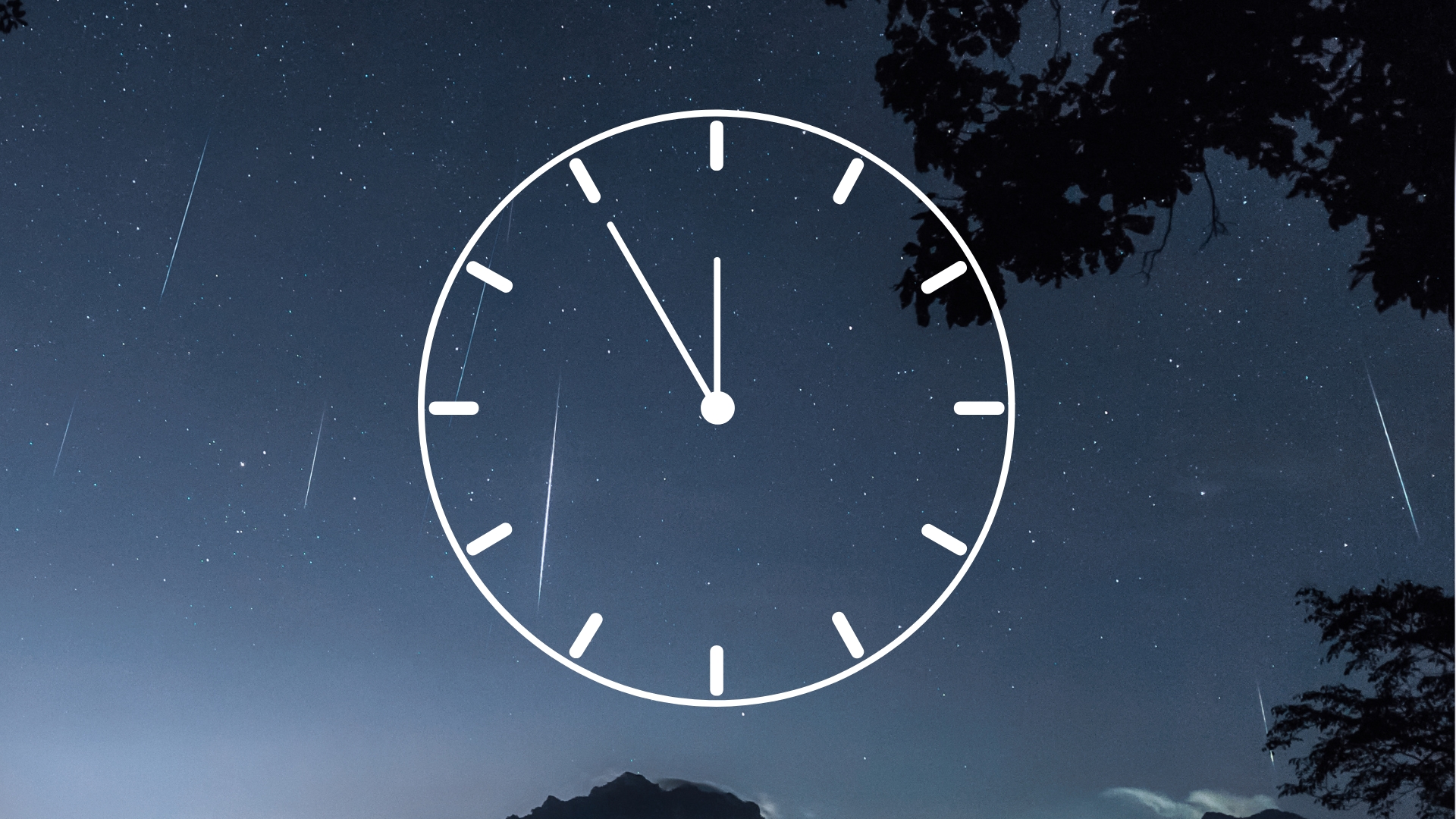


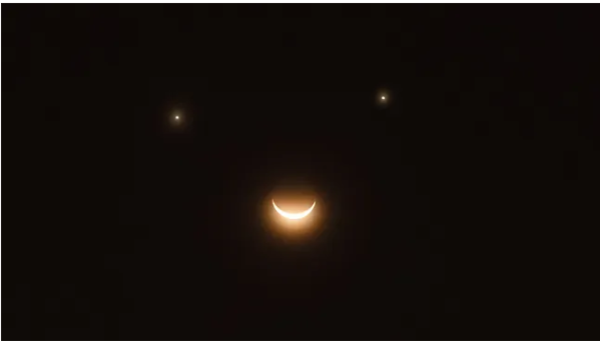
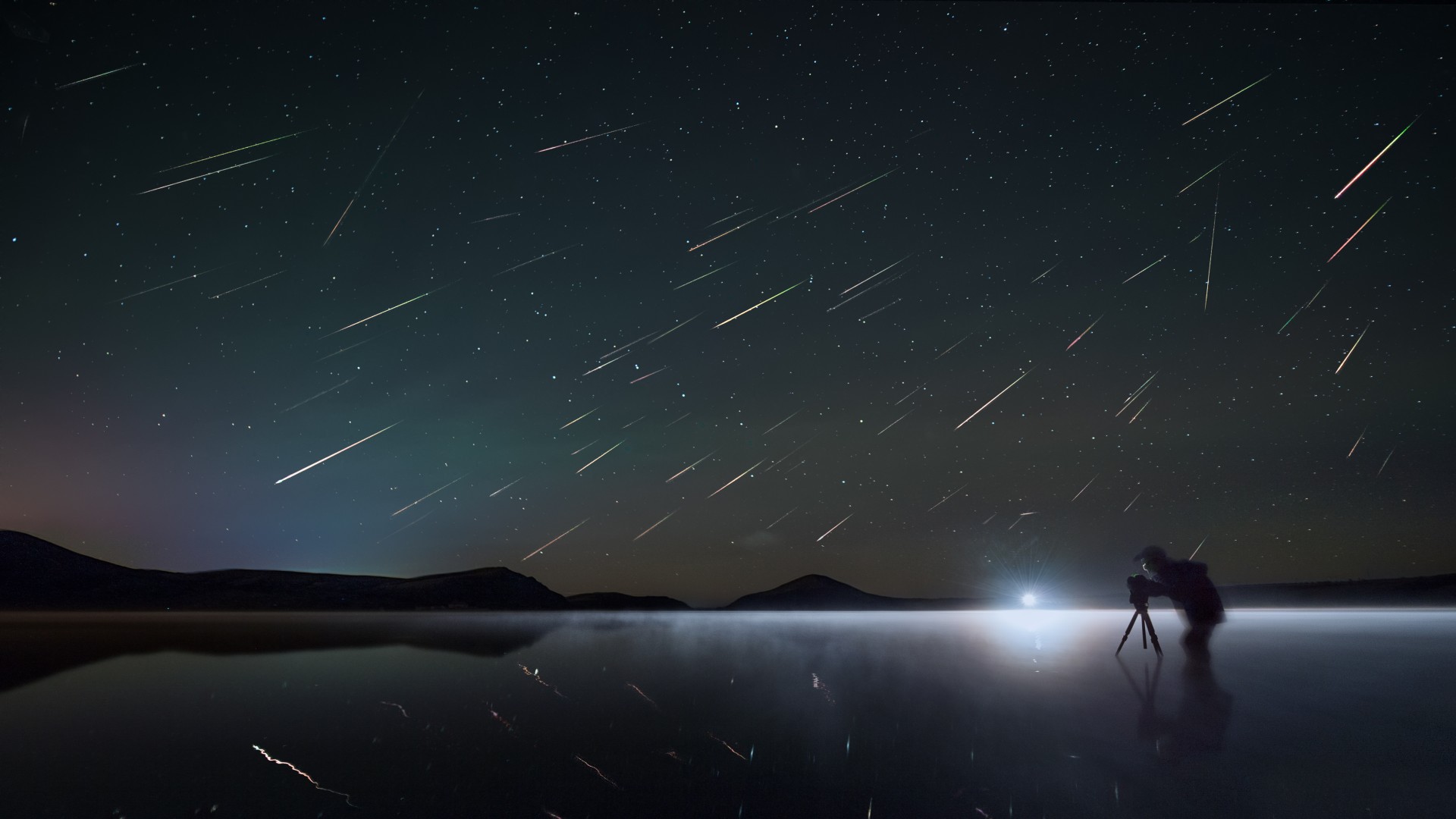
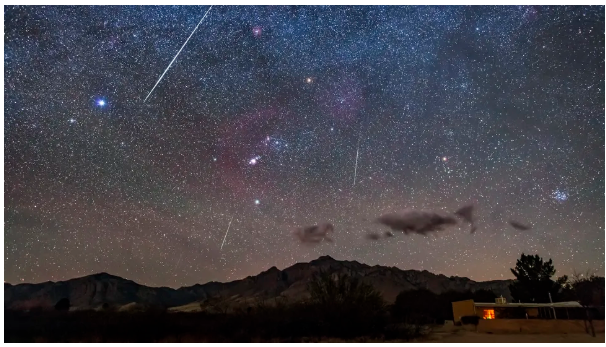
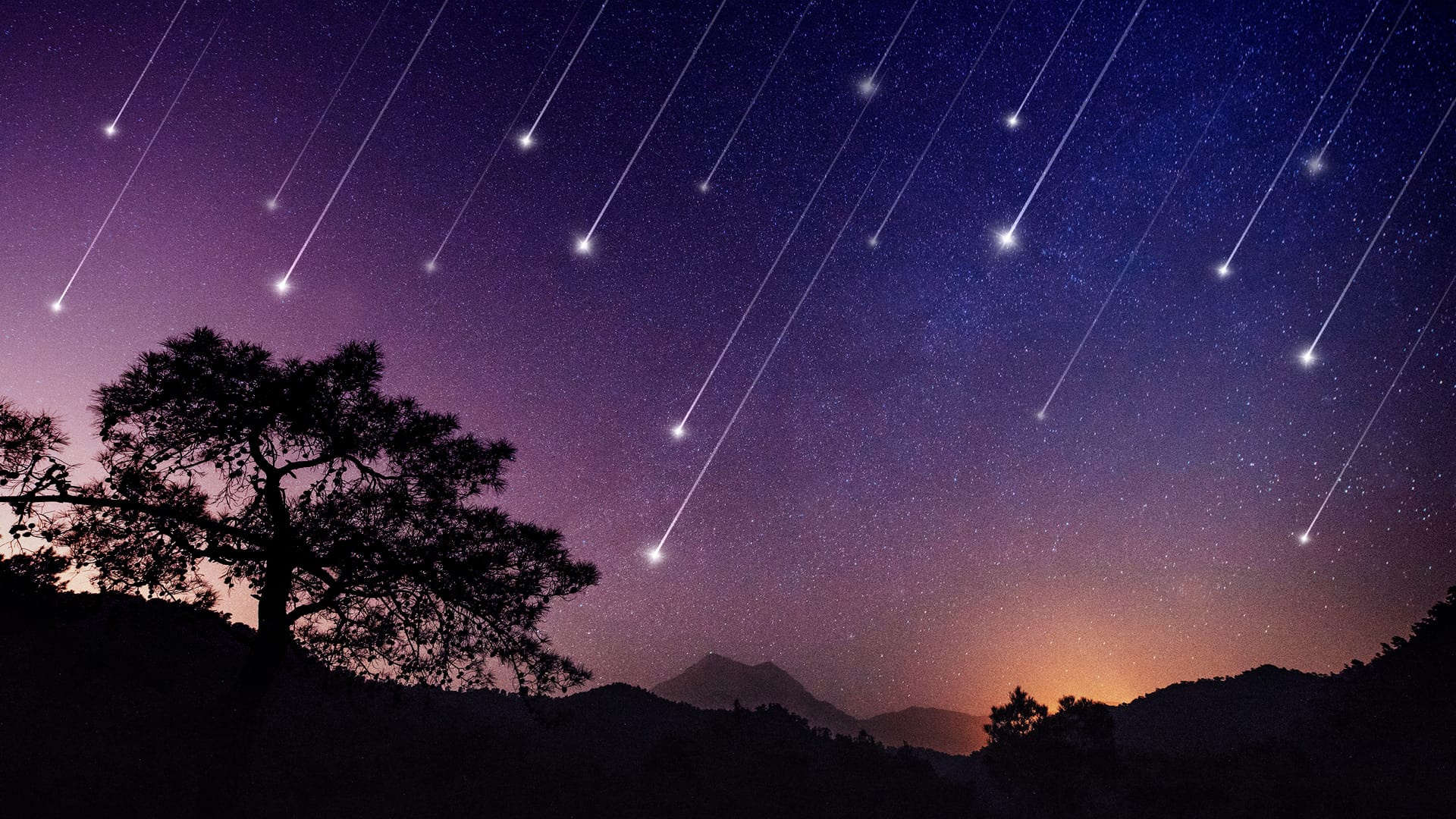
 Photographer Finds Locations Of 1960s Postcards To See How They Look Today, And The Difference Is Unbelievable
Photographer Finds Locations Of 1960s Postcards To See How They Look Today, And The Difference Is Unbelievable  Hij zet 3 IKEA kastjes tegen elkaar aan en maakt dit voor zijn vrouw…Wat een gaaf resultaat!!
Hij zet 3 IKEA kastjes tegen elkaar aan en maakt dit voor zijn vrouw…Wat een gaaf resultaat!!  Scientists Discover 512-Year-Old Shark, Which Would Be The Oldest Living Vertebrate On The Planet
Scientists Discover 512-Year-Old Shark, Which Would Be The Oldest Living Vertebrate On The Planet 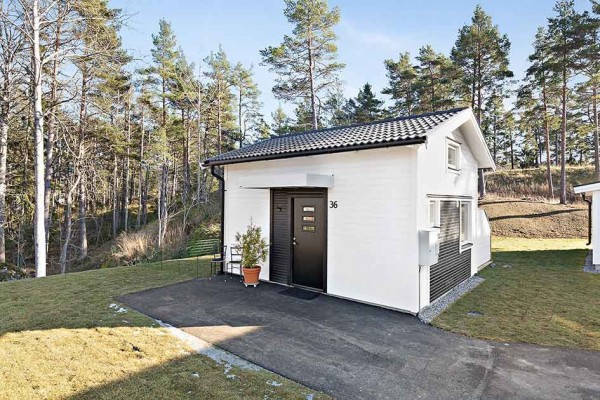 Hus til salg er kun 22 kvadratmeter – men vent til du ser det indvendigt
Hus til salg er kun 22 kvadratmeter – men vent til du ser det indvendigt  Superknepet – så blir snuskiga ugnsformen som ny igen!
Superknepet – så blir snuskiga ugnsformen som ny igen! 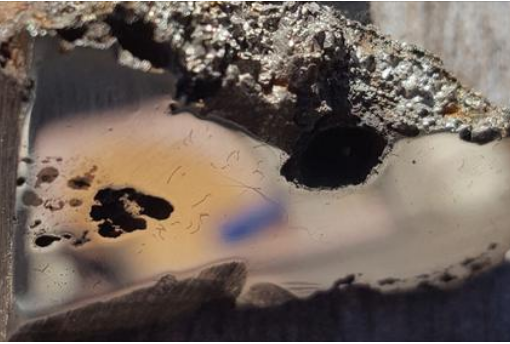 Meteorite That Recently Fell in Somalia Turns Out to Contain Two Minerals Never Before Seen on Earth
Meteorite That Recently Fell in Somalia Turns Out to Contain Two Minerals Never Before Seen on Earth  Nearly Frozen Waves Captured On Camera By Nantucket Photographer
Nearly Frozen Waves Captured On Camera By Nantucket Photographer 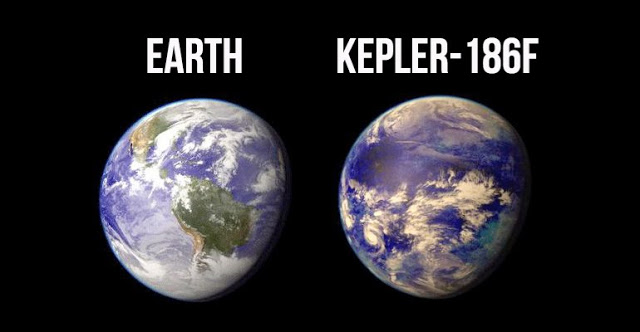 It’s Official: Astronomers Have Discovered another Earth
It’s Official: Astronomers Have Discovered another Earth 